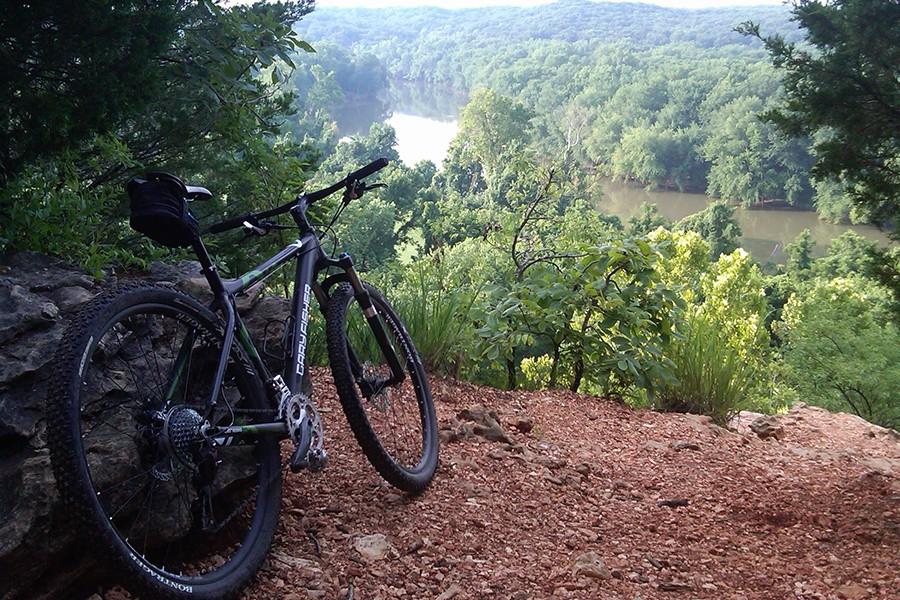When you’re carrying all your food on your back, every ounce counts. Luckily, there are a variety of lightweight meal solutions out there; three options include: dehydrated meals, homemade meals and Meal Ready to Eats (MREs).
Dehydrated meals can be some of the tastiest and easiest meals to prepare. Great for both flying solo and eating in a group, these kinds of meals come in many different sizes and dishes. There are many popular brands, my favorite being Mountain House, but you can even dehydrate your own food with the proper equipment. However, there are two downsides to a meal like these. First, they are pretty expensive, coming in at close to $8 for one meal. Second, they take time to prepare, requiring boiling water and cooking time. This makes them ideal for dinners when backpacking, but they become inconvenient for lunches when you’re on the move.

MREs and the Mountain House brand meal replacement are just two examples of food for the trail.
The MRE is a calorie-heavy bagged meal used by the military that some refer to as “Meal Refuses to Exit” due to their density. The MRE costs about the same as a dehydrated meal and they can prepared on the go without a stove or fire because of their built in heating components. The MRE, because of its weight and cost, may not be the best option for backpacking or hiking. However, I find they make excellent meals when biking, because they can be easily stored in a small backpack, and quickly prepared for a mid-ride meal. The MRE’s major downside is availability; restrictions on commercial sale make it hard to find authentic and recently prepared MRE’s. Nonetheless, there are many civilian MRE brands, such as XMRE or Sure-Pak MREs.
The Homemade Meal is probably the most versatile and cost effective of all of these options. These meals are created by filling a gallon ziplock bag with whatever food items you see fit. Each meal can complement the activity you plan on doing. For example, when backpacking, size, weight and caloric content are all important factors in meals. A homemade breakfast meal might include granola, energy bars or summer sausage, food that doesn’t require preparation. Lunch might have crackers, bagged tuna or chicken and more energy bars for an easy-to-eat trail meal. Dinner can be foods with more prep required, like mac and cheese, Ramen noodles or even a dehydrated meal.
At the end of the day, it doesn’t matter which meal you have. While each have their pros and cons, the important thing is that you use what works for you and you get out on the trail.




